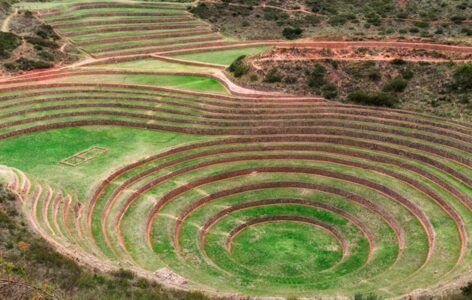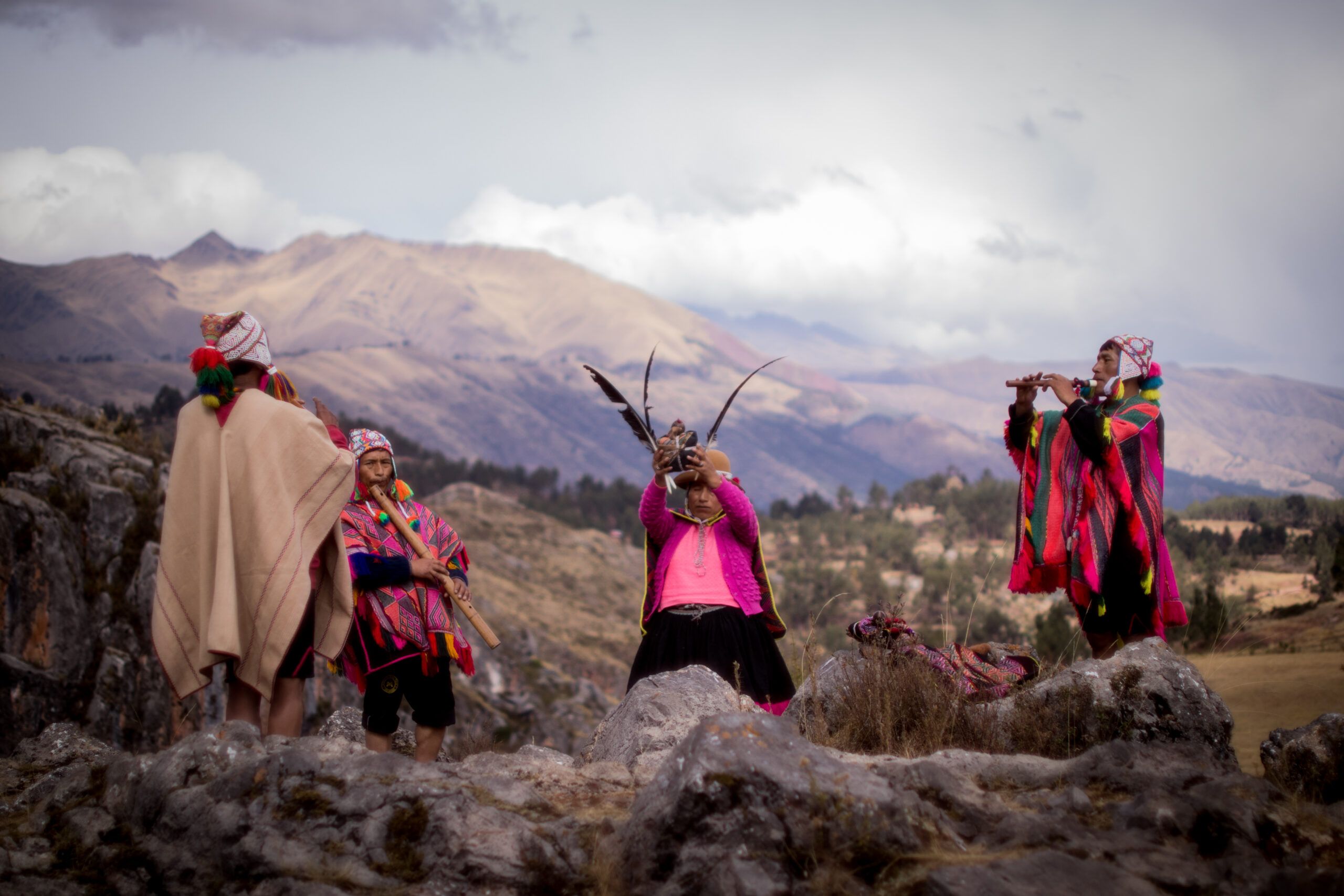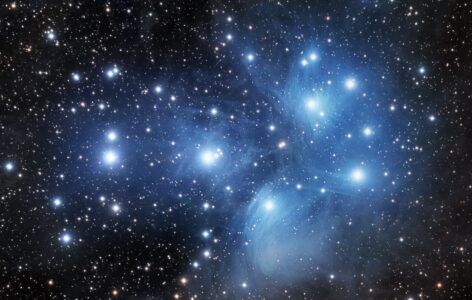Welcome to the sixth section of our exploration of the elements of the Inca altar at Qoricancha! A representation of the Andean cosmovision.
It shows us the hierarchies of the Inca criteria; moreover, it explores the reasons for correspondence and equality, presenting a symbol that is still being studied.
If you haven’t seen Part 1, Part 2, Part 3, Part 4 or Part 5 yet, we remind you to read them first and then come back here.
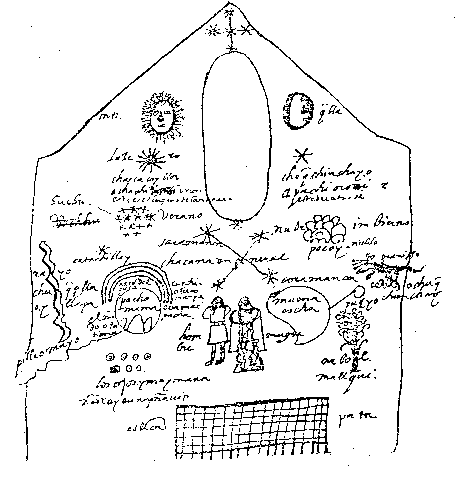
Inca Mallquis
The Andean people believed that after this life, or Kay Pacha, the souls of the dead lived a new existence, either in Hanan Pacha or heaven, or in Ukhu Pacha or hell.
They also believed that the souls would return to life and that for this, they would need their bodies, which is why they preserved their deceased mummified.
Mummies were not exclusive to the imperial caste.
The people themselves maintained this tradition and custom; each of the Ayllus had its own Mallqui, the corpse of the oldest patriarch, who was always accompanied by the mummy of his wife.

Others joined these Mallquis; people kept their corpses because of their deeds, whether they were great warriors or very devoted priests.
Common people also underwent a preservation process, were buried on high ledges and difficult-to-access hills, and covered with mud. Today, there are no fewer than 10 cemeteries between Ollantaytambo and Calca, and in the surroundings of Qosqo, there are numerous collective tombs.
People buried many bodies in trees by digging deep into the tree’s roots, placing the deceased there, and then reburying and covering everything.
At other times, people placed the bodies inside the trunk.
Many mummies remained preserved in perpetual snow, while others rested on mountain peaks.
The Andes people deeply rooted their cult of the dead. They had very diligent customs and a profound cult.
The Tree
The following drawing of the cosmogonic retablo is the tree, which represents life emerging from the earth and reaching toward the infinite.
- Hanan Pacha is the crown of the tree suspended in space, in direct communication with the wind and sunlight; it is the part that connects with the infinite beings.
- Kay Pacha is the strong, rugged trunk, representing humanity and its labor. It shows that life can twist like the trunk of some trees or stay straight like others, and that life can be either long-lived or short-lived.
- Ukhu Pacha is the root, connected subterraneously to the deep center of the earth. It symbolizes rooting and gregariousness. It shows that the root is the final support for anything to exist on earth; without it, nothing can survive.
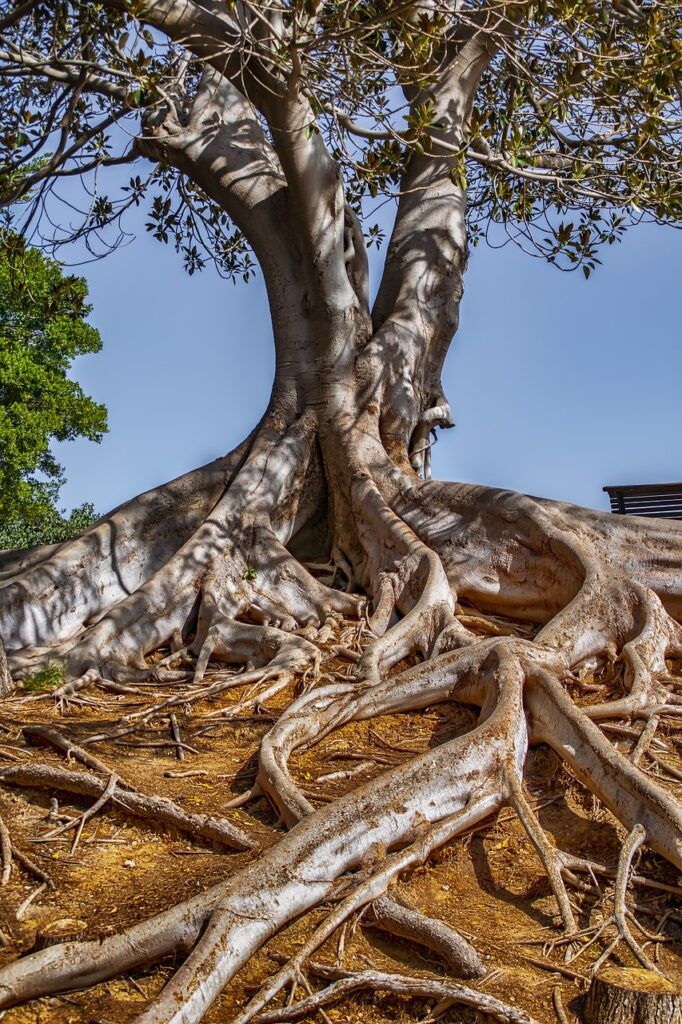
The root is nourishing, seeking the sources of the bodies of all ancestors.
Through the root come the fruits of the earth, and the condition of the tree reflects the condition of those who cared for it. The tree represents all of plant nature.
It lives like humans, fulfilling a specific task, not being aggressive; on the contrary, it shelters and is not selfish but extends its branches full of fruit.
Nature offers itself to humans, and humans should reciprocate in the same manner.
Mama Ccocha
Mama Ccocha, the elemental water, represents the principle and rebirth. It symbolizes relativity, the eternal becoming, and teaches that everything is a cycle, coming and going like human life.
People made expensive offerings to the water and valued it in different colors, each with a very special meaning.
The first gesture of hospitality for a traveler is to offer water, and then to give more of it in a gifted pitcher.

It flows like human life, occupies the Three Worlds, and thus knows and advises.
People consider it a huaca of utmost importance and worship it in all its manifestations:
- Sea
- Lake
- Lagoon
- River
- Spring
- Rain
- Beverage
- Irrigation
- Absence
- Deluge
For the Incas, the importance of things lies in the teachings they offer. The Incas believed in the existence of water spirits and associated them closely with the Moon.
Water cures many diseases, and Andean priests and doctors heal ailments with water from springs that have not received sunlight.
Reference

